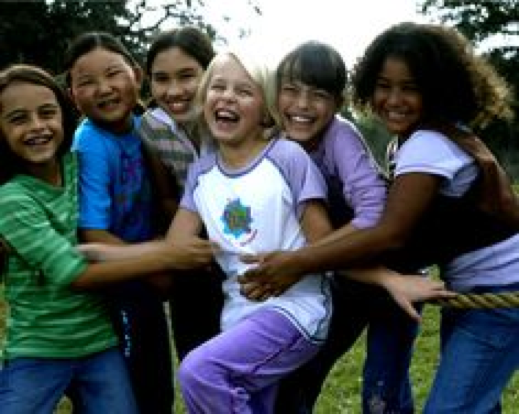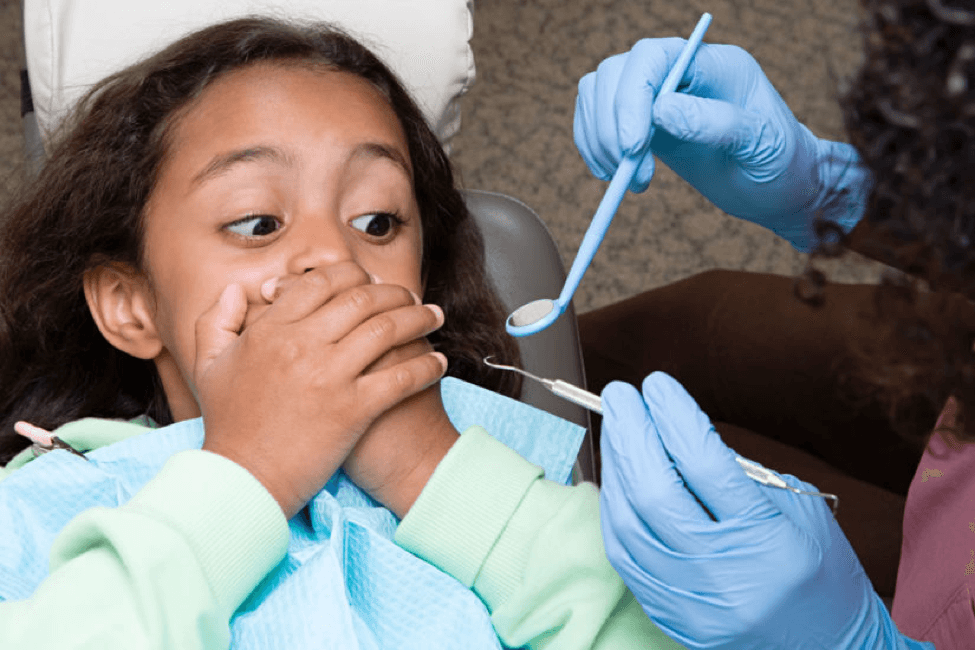Saving money is encouraged in the Bible. There are many scripture verses that establish that God wants us to be wise with our money and prepared for what may happen in the future. Assisting your children to save money by opening savings accounts is a good start.
First, start with the scripture foundation for the principle of saving money. Proverbs 6:6-11 talks about the hard-working ant. The Bible says “consider her ways and be wise”. She diligently works all summer to gather food for the winter and has plenty when she needs it. She is not a “sluggard” or a “lazybone” (NLT version), waiting for something else to do the hard work and provide food for her when she needs it. Another important verse is Proverbs 21:5 – “Good planning and hard work lead to prosperity, but hasty shortcuts lead to poverty.” (NLT) Planning for the future is critical so that you will have money enough to provide for your needs and any emergency that may pop up. Proverbs 21:20 talks about a rich man having precious things - wealth and luxury - while “fools spend whatever they get.” (NLT)
Second, do your homework before opening a savings account. Research the process and what factors you should consider. There is an excellent online article (website below) entitled 7 Things to Consider Before Opening a Kids Savings Account. It is important to understand all that is involved, including legal requirements that must be met, as well as bank fees that may be charged.
The best teacher from whom a child can learn to save money is you – the parent. Raise a wise person, not a sluggard or lazybone!
To learn more, please CLICK HERE.



